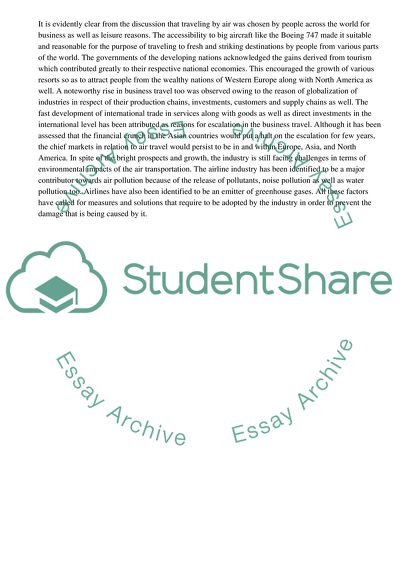Cite this document
(“The Expansion of the Air Transport Industry Assignment”, n.d.)
The Expansion of the Air Transport Industry Assignment. Retrieved from https://studentshare.org/business/1758962-global-issues-in-the-airline-industry
The Expansion of the Air Transport Industry Assignment. Retrieved from https://studentshare.org/business/1758962-global-issues-in-the-airline-industry
(The Expansion of the Air Transport Industry Assignment)
The Expansion of the Air Transport Industry Assignment. https://studentshare.org/business/1758962-global-issues-in-the-airline-industry.
The Expansion of the Air Transport Industry Assignment. https://studentshare.org/business/1758962-global-issues-in-the-airline-industry.
“The Expansion of the Air Transport Industry Assignment”, n.d. https://studentshare.org/business/1758962-global-issues-in-the-airline-industry.


